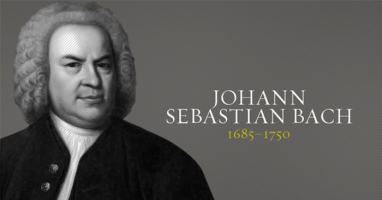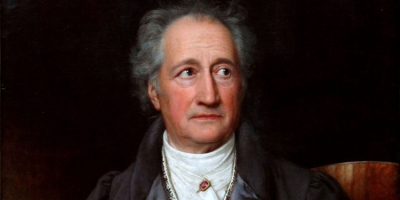Top 7 Interesting Facts About Johann Pachelbel
The Baroque era, which spanned the years 1600 to 1750, produced some of the finest works of art ever written. The music of Europe in the 17th and 18th ... read more...centuries, composed by well-known composers like Vivaldi, Monteverdi, Bach, and Pachelbel, to name a few, was astounding. He wrote a lot of sacred and secular music during his lifetime, which helped him become well-known across the country. Johann Pachelbel was without a doubt the most well-known organist of the middle Baroque era. His two most well-known compositions today are the Chaconne in F minor and the Canon in D. So, let’s explore these most interesting facts about Johann Pachelbel below!
-
Pachelbel's musical compositions are always characterized by their clarity, lightness, and enjoyment of listening. An intriguing detail about Johann Pachelbel is that he was a proponent of the contrapuntal style and largely relied on melodic and harmonic clarity to transmit his artistic thoughts.
All of Pachelbel's compositions have a contrapuntally straightforward style. He uses a dazzling array of musical styles and instrumentation in both his chamber and voice compositions. Johann Jakob Froberger and Johann Caspar Kerll, two composers from Southern Germany, had a significant impact on Johann Pachelbel. He was also somewhat inspired by the music of Italian composers Alessandro Poglietti and Girolamo Frescobaldi. His chorale preludes are particularly significant because they contributed significantly to the establishment of Protestant northern Germany's chorale melodies in the more lyrical musical environment of the Catholic south. For three violins and continuo, he composed the well-known Pachelbel's Canon, which was followed by a gigue in the same key. Wilhelm Hieronymous Pachelbel, who was his son, was also a composer and organist.
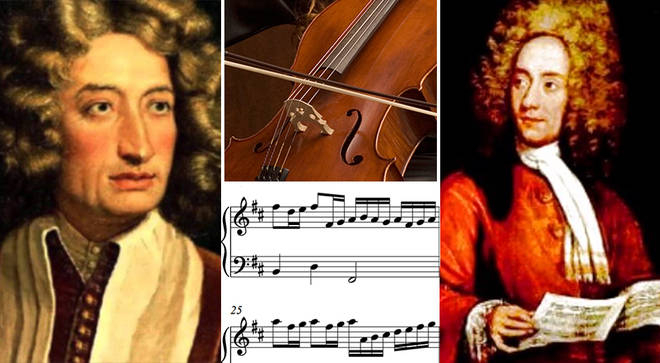
Photo: https://www.classicfm.com/ 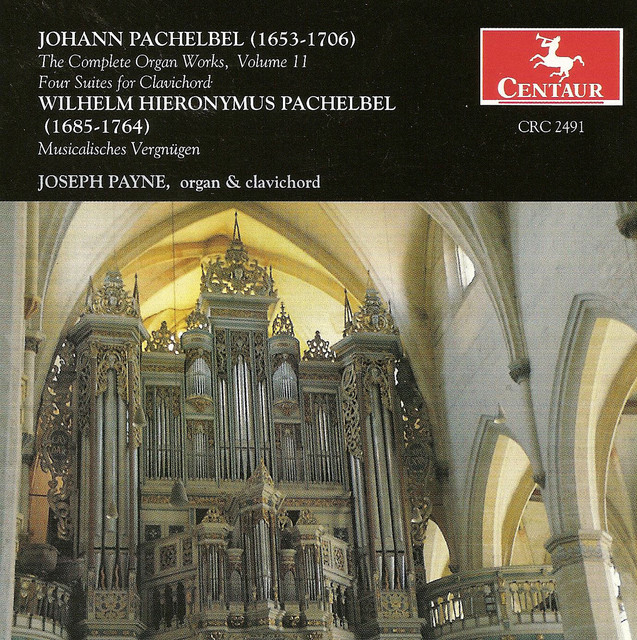
Photo: https://open.spotify.com/ -
Pachelbel's early musical instruction was more informal than it was formal. Johann Hans Pachelbel, a wine salesman, and Anne Maria Mair welcomed Pachelbel into the world in Nuremberg in the fall of 1653. Pachelbel showed a keen interest in studying from an early age. Pachelbel had two music tutors in addition to his usual schooling: George Kaspar Wecker taught him how to write music and how to play the organ, and Heinrich Schwemmer taught him about the foundations and rules of music. To study music, he enrolled at the University of Altdorf in 1669.
Pachelbel's decision to leave school after just a year due to his middle-class family's inability to support him financially is an intriguing fact. Pachelbel's studies at the Gymnasium Poeticum in Regensburg were allowed to be completed the following year due to his extraordinary talent and in-depth knowledge of organ music. Johann the young man did well in his studies. He was hired as the assistant organist at the famed St. Stephen's Cathedral in Vienna, Austria, in 1673, when he was twenty years old. This turned out to be just the start of a successful organ career.
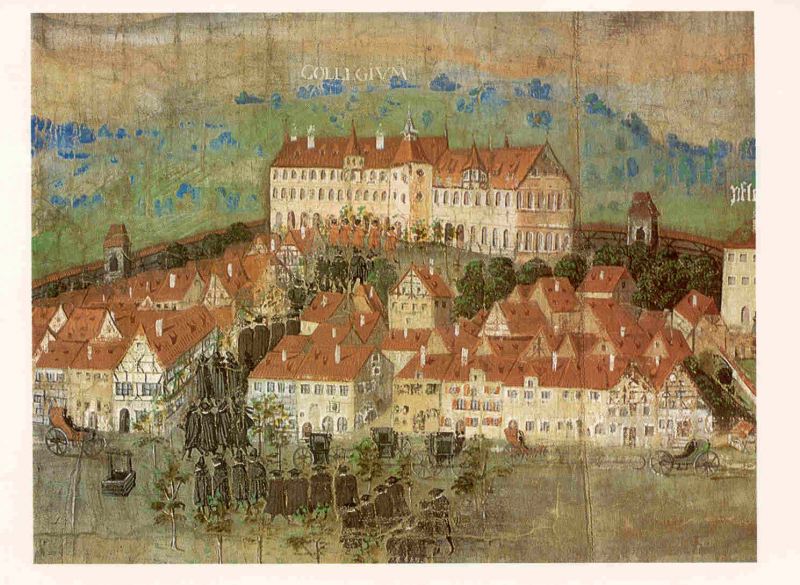
Photo: https://williamremus.com/ 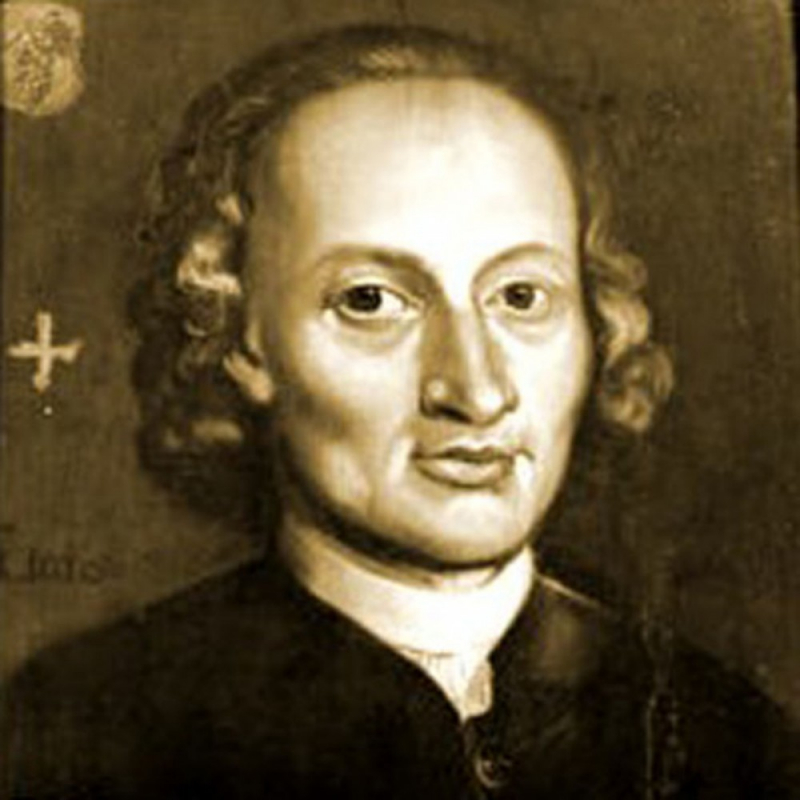
Photo: https://pragueclassicalconcerts.com/ -
Pachelbel worked as an esteemed organist in a variety of capacities throughout his life. Pachelbel was hired as the organist of the Protestant Church in Erfurt in June 1678. He had developed close ties with the Bach family by that point. He lived in the home of Johann Christian Bach while serving as Johann Christoph Bach's private tutor. Johann Christoph Bach was the eldest brother of Johann Sebastian. Pachelbel's ability and technique peaked in Erfurt, where his creative potential reached its full potential. One of his hallmark pieces from the Erfurt period is the chorale prelude. Pachelbel was expressly expected to routinely write a variety of preludes for church services under his contract with the city's Protestant Church.
Pachelbel was familiar with the church's organ's inner workings and kept it in top shape during his tenure. One of the most interesting facts about Johann Pachelbel is that he would create a new large-scale composition each year to demonstrate that his career as a composer had not plateaued. He wrote masses, motets, and Magnificats specifically for use in Catholic liturgy. However, the protestant favorite chorale prelude was where he truly shined.
Pachelbel continually produced music that was significantly better than his earlier works. By the time Johann Christian Bach, Pachelbel's landlord, passed away in 1682, he had saved enough cash to buy the house he had been living in the next year from Bach's widow.
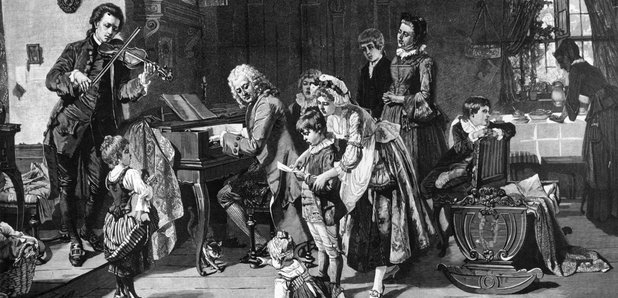
Photo: https://www.classicfm.com/ 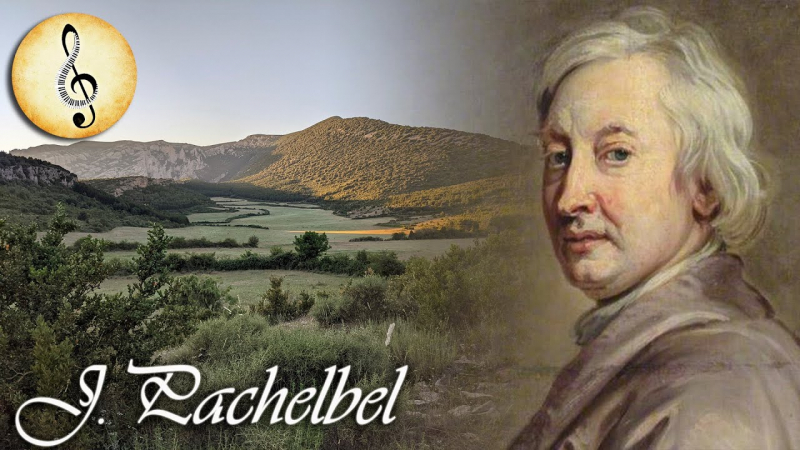
Photo: https://www.youtube.com/ -
Johann Pachelbel married twice during his twelve-year Erfurt stay, which is one of the most interesting facts about Johann Pachelbel. Barbara Gabler, the daughter of the mayor of Erfurt, was his first choice. The mayor's residence hosted the wedding reception in 1681. Only two years later, in 1683, a disease that hit his town, he lost his wife Barbara and their only child to the Black Death. Pachelbel wrote a collection of chorales titled "Musicalische Sterbens-Gedanken" or "Musical Thoughts of Death" shortly after the deaths of his wife and child to express his intense sadness and loss.
Despite this tragedy, Pachelbel wed Judith Drummer, a wealthy merchant's daughter, less than a year after Barbara passed away. His second marriage turned out to be a lot more fulfilling than his first effort at parenthood. Five sons and two daughters made up the total number of children Judith and Johann had.
Wilhelm Hieronymus Pachelbel and Charles Theodore Pachelbel, two of his sons, continued in their father's musical legacy by becoming organ composers. Johann Michael, their brother, was an internationally renowned builder of musical instruments who was born in 1686.
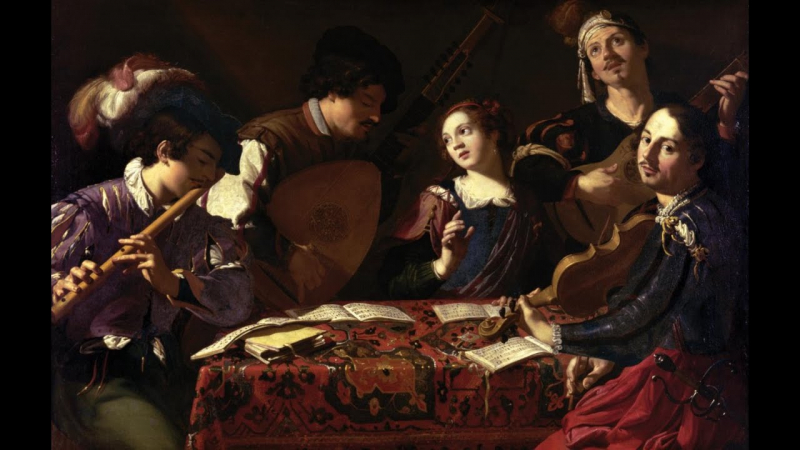
Photo: https://www.classtools.net/ 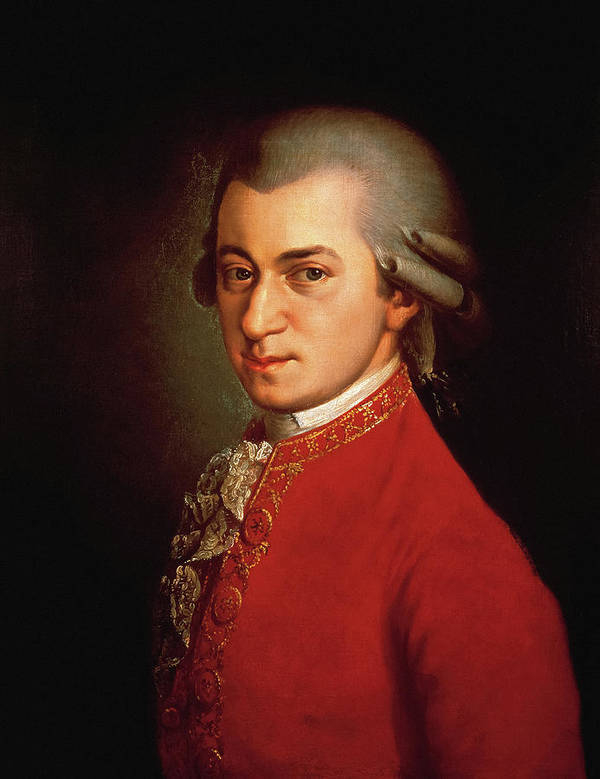
Photo: https://fineartamerica.com/ -
Although Pachelbel created many other magnificent pieces, his Canon in D major is now his most well-known composition. Canon in D is a piece of Pachelbel's chamber music, which started to shift radically from gloomy organ music to a more lively speed. Pachelbel composed a six-part suite for the chamber pieces that he imaginatively dubbed "Musicalische Ergötzung" (Musical Delight). The piece was written between 1680 and 1690, although it wasn't published until the early 20th century.
Musical Delight was pretty entertaining, in contrast to Musical Thoughts of Death, which was performed before. Although there are a few faint gloomy undertones, which are typical of the Baroque era. Overall, the piece's exquisite balance is what makes it so lovely.
Up until the latter half of the 20th century, Pachelbel's Canon was comparatively unknown. It was featured on many television and movie soundtracks, most notably that of the 1980 film Ordinary People, and it rose to become a staple in all classical music collections. It also evolved into a standard component of wedding festivities, particularly in the United States. Pachelbel's Canon was rarely played by the instruments for which it was created by the 21st century because it had been adapted for a wide variety of instruments, both acoustic and electronic.
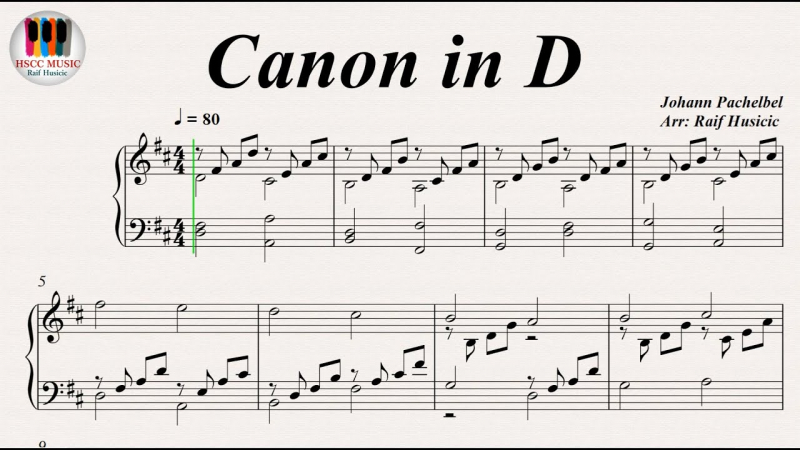
Photo: https://www.youtube.com/ 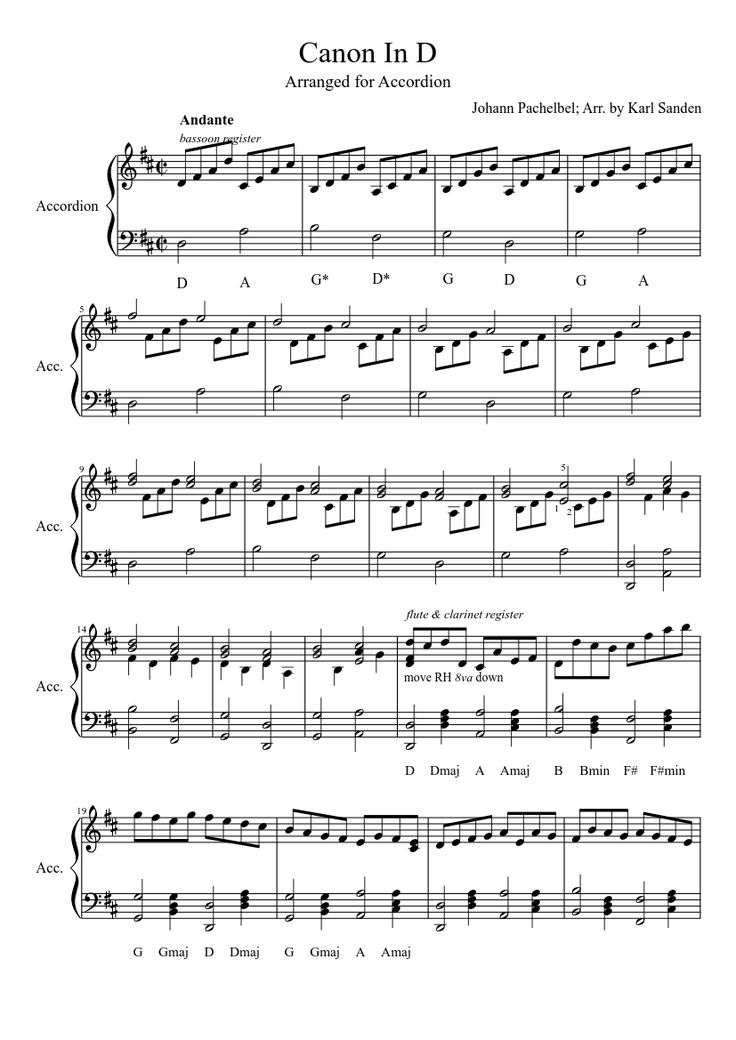
Photo: https://www.pinterest.com/ -
The reason so many up-and-coming composers of that era were influenced by Pachelbel is because of his original and distinctive musical approach. This is one of the most interesting facts about Johann Pachelbel and his accomplishment too. He was an expert at coming up with fresh ways to adorn the chorale song to make it sound more lively. Some of the finest composers who came after him, like JS Bach and Dietrich Buxtehude, Girolamo Frescobaldi and Alessandro Poglietti, Johann Jakob Froberger, Johann Kaspar Kerll, and many others, were affected by his musical approach.
Pachelbel not only composed music for Catholic and Protestant churches, but he also produced some music merely for enjoyment. He composed sonatas for the violin, variations on well-known tunes for several instruments, and many pieces for the keyboard. Hexachord Apollinaris, a collection of six arias with layers of harpsichord and organ, is his most well-known secular composition.
Pachelbel is now regarded as the last authentic southern German composer and one of the greatest composers of the Nuremberg school. Throughout his life, he produced more than 500 works, which is a tremendous accomplishment for any composer deserving of respect.
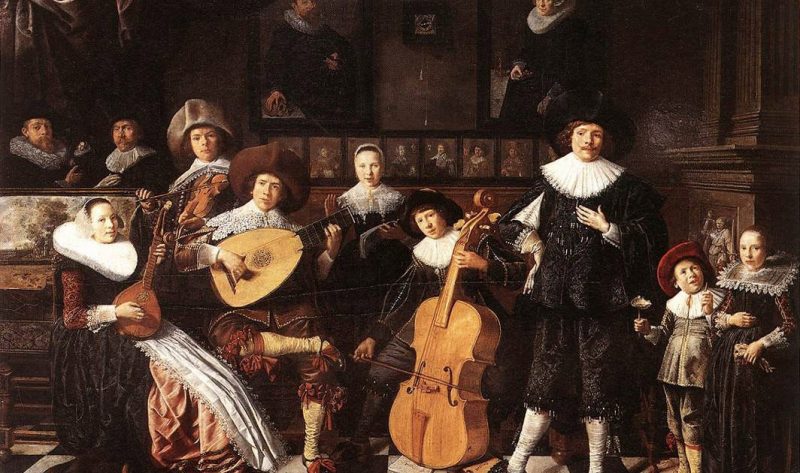
Photo: https://www.classicfm.com/ 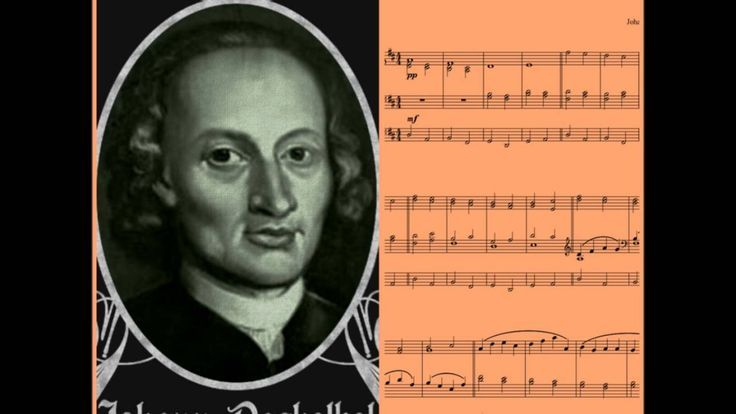
Photo: https://www.pinterest.com/ -
Georg Caspar Wecker, the first music instructor of Pachelbel, passed away in Nuremberg in 1695. He was the St. Sebaldus Church's principal organist at the time. The city council members agreed that Wecker's former pupil was the best person to fill the previously vacant job.
Pachelbel was allowed to take the position that same year without any prior interviews or assessment of suggestions. The elderly organist could hardly refuse this offer. The city council paid all of his daily expenditures, utilities, and lodging.
In the last year of his life, 1699, Johann Pachelbel published Hexachordum Apollinaris, a key component. There are six keyboard arias in this collection, each with intricate variations. He knew the northern German school because he dedicated the Hexachordum Apollinaris to Dieterich Buxtehude, despite being most influenced by Italian and southern German composers ( a Danish or German organist and composer of the Baroque period). Musical Delight, a clever and vivacious suite in six parts, came after this piece. A set of more than 90 Magnificat fugues and concertato Vespers with Italian influences were also written in the composer's final years. Early in March 1706, in Nuremberg, Johann Pachelbel passed away at the age of 52. He was buried in the St. Rochus Cemetery.
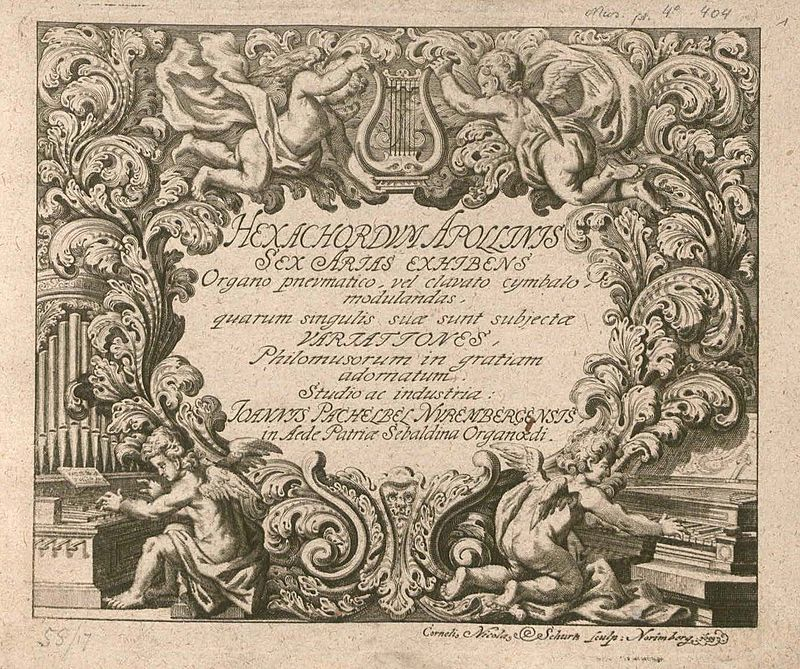
Photo: https://en.wikipedia.org/ 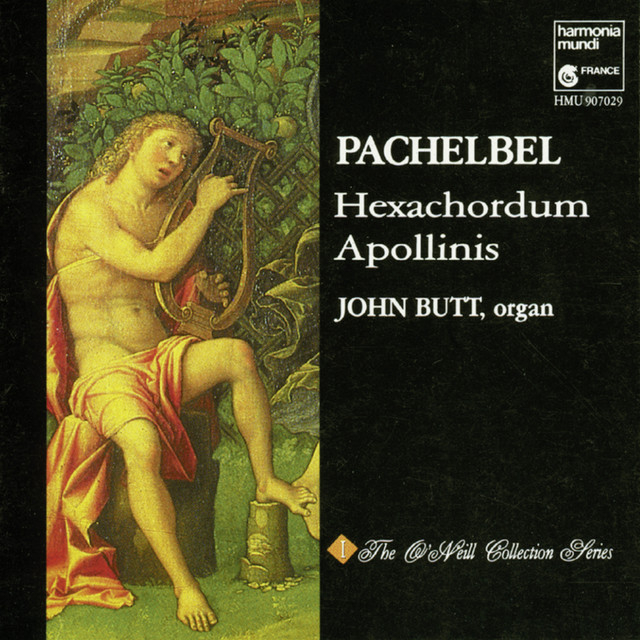
Photo: https://open.spotify.com/









